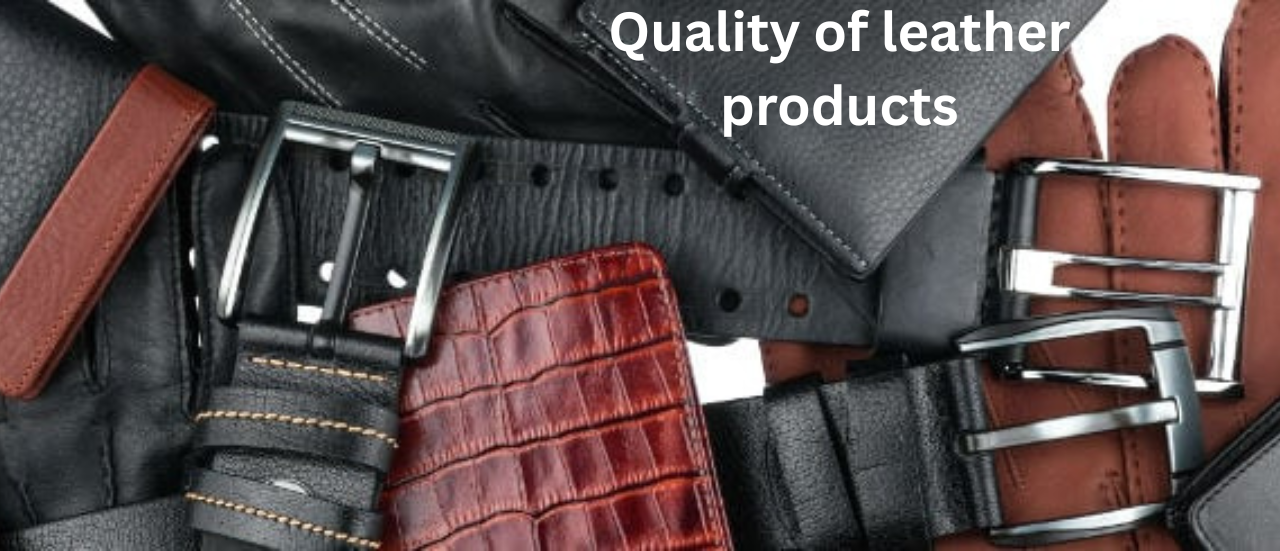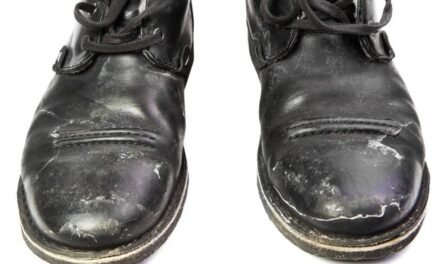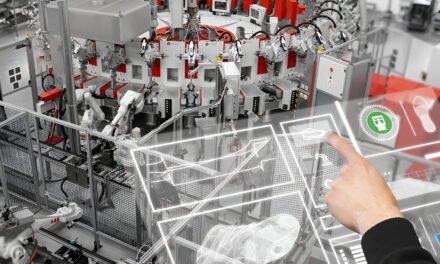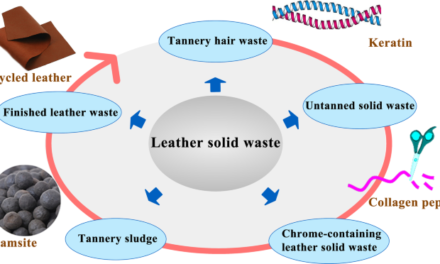The availability of modern facilities has a profound impact on the quality of leather products. Here’s how:
1. Enhanced Processing Techniques:
- Precision and Consistency: Modern machinery allows for greater precision and consistency in various stages of leather processing, from tanning and dyeing to finishing. This leads to more uniform results, reduced defects, and improved overall quality.
- Automation and Efficiency: Automated processes minimize human error and ensure consistent quality control throughout the production process. This also increases efficiency and productivity.
2. Improved Material Handling:
- Reduced Damage: Modern facilities often incorporate advanced material handling systems that minimize the risk of damage to the leather during transportation and storage. This helps preserve the quality and integrity of the material.
- Optimal Storage Conditions: Controlled environments with proper temperature and humidity control help maintain the quality and flexibility of the leather, preventing deterioration and ensuring optimal performance.
3. Advanced Finishing Techniques:
- Enhanced Aesthetics: Modern finishing techniques, such as laser cutting, embossing, and digital printing, allow for intricate designs and patterns, enhancing the aesthetic appeal of leather products.
- Improved Durability and Performance: Advanced finishing treatments can improve the durability, water resistance, and other performance characteristics of leather products, making them more resistant to wear and tear.
4. Environmental Sustainability:
- Reduced Environmental Impact: Modern facilities often incorporate technologies that minimize environmental impact, such as water-efficient tanning processes and waste reduction measures. This not only benefits the environment but also enhances the sustainability and ethical appeal of the products.
5. Quality Control and Testing:
- Rigorous Testing: Modern facilities often have access to advanced testing equipment that allows for rigorous quality control at various stages of production. This ensures that the final products meet the highest standards of quality and performance.
The availability of modern facilities plays a crucial role in enhancing the quality of leather products by enabling more precise processing, improved material handling, advanced finishing techniques, and rigorous quality control. This ultimately leads to better products that meet the demands of discerning consumers and contribute to the success of the leather industry.







